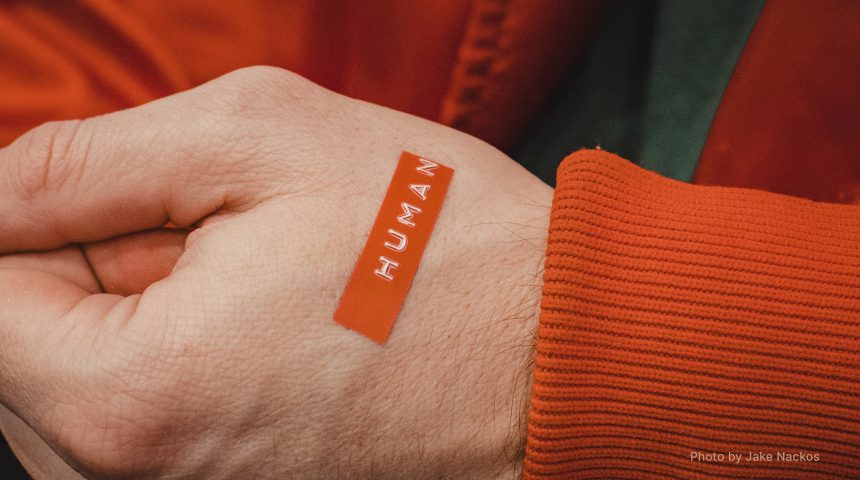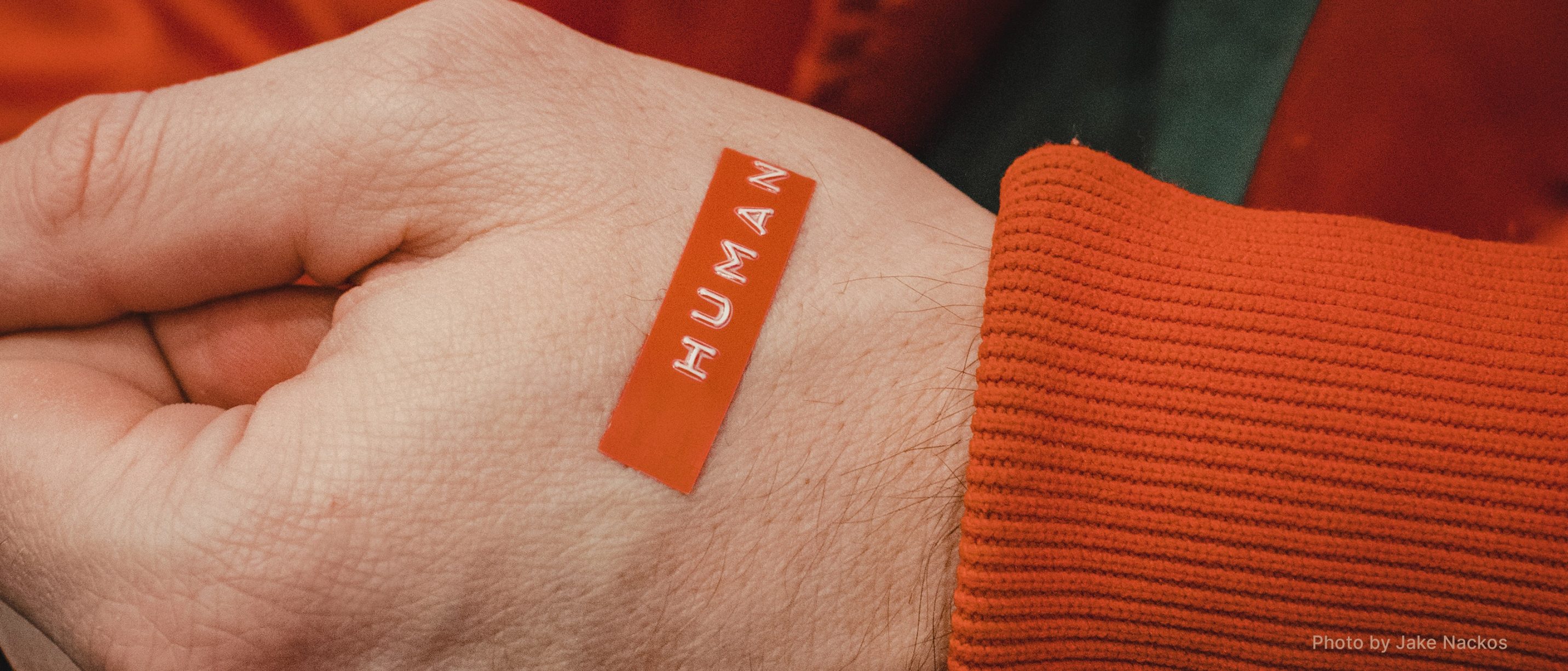

How modern CPG food brands can use socially responsible messaging to build true believers.
The desire for human connection in consumer goods is buzzing from the shelves in the CPG food industry. Every CPG food brand claims to care without supplying much proof, so consumers are desperate to find genuine reasons to believe (RTBs) in a brand. Elevate your CPG food branding narrative beyond “free from” evil ingredients into “full of” human quality, high standards and positive change.
Make Sustainable Structures About More Than Packaging
For many of my clients, the price of converting their structure to sustainable materials is a primary objection, mainly when these costs are passed down to consumers. It’s true … many people who say they would pay more for eco-friendly packaging get to the shelf, see competition next door, and go for the cheaper choice. That is because right now, all you are asking them to do is spend more on a box. Changing the packaging materials is about much more than your “all-new eco-friendly pack;” it’s an opportunity to refresh your positioning and tell your ‘why.’ Leverage your structural choices to tell a story about a more significant impact, about how that package changes people’s lives. That same consumer who won’t spend an extra $2 on an eco-friendly box is happy to donate $5 at the register for hungry kids. As far as they are concerned, one is human; another is a piece of cardboard. Help them make the connection with your messaging.
Elevate your CPG food branding narrative beyond “free from” evil ingredients into “full of” human quality, high standards and positive change.
Be Transparent About Global Partnerships
It’s ok that your brand was created there, designed here, and produced way over there. We live in a global economy, and consumers benefit daily. It’s no secret that every country has faults in treating humans, animals, and the planet. Are you asking for reassurances or certifications if you are working with global (or even local) partners? By creating and sharing your criteria for working with partners and communicating your benchmarks and accountability practices, you are proving to your audience that strong business principles can be a force for change. You take your brand story to the next level by being a “good company” and doling out as much information as possible.
Use Your CPG Food Brand to Respect Cultural Differences
Any brand-building agency worth its salt will tell you that branding, positioning and design are rooted in human psychology. From Maslow to Russel, desire is at the core of successful messaging in marketing. Successful brands communicate their ability to fill high desires while solving a base need. ‘Inclusivity’ may be a buzzword, but the human desire for acceptance is as old as time. Use your brand to “respect cultural differences or cultivate political awareness” (ref: Brand Atlas*) by putting your cultural beliefs front and center, if you can do so authentically. Take Siete, who put a specific cultural sect in their mission language: “We’re passionate about […] advocating for healthier lifestyles among Latino families.” It’s distinctive and potent.
Be Open to Risk
While not as tangible as the bullets above, it may be the most important thing you do when using your brand as a socially responsible tool. Focus groups or key stakeholders rarely embrace innovation, but it is the only way to move forward. Irreplaceable brands make leaps, embrace change and continuously lead the category. Stagnant brands die. The war cry for a better world comes from young, emerging consumers and technology evolving at a blistering rate. Heed the call or grow irrelevant.
*Brand Atlas: Branding Intelligence Made Visible, Wheeler, Alina and Katz, Joel
For more on sustainable packaging, check out this article.









